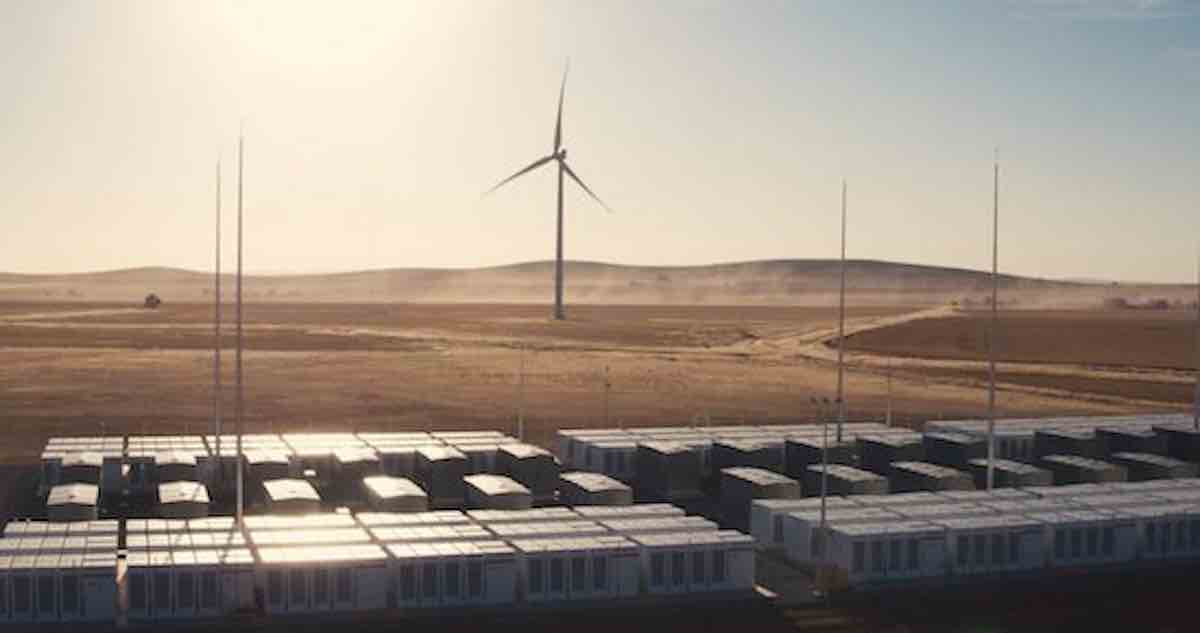With homes in South Australia suffering from frequent and expensive power outages, that state’s government began searching for a more cost-effective and environmentally friendly backup system for their electrical grid.
Then, last July, Elon Musk, the chief executive of alternative energy company Tesla, offered to build the world’s biggest lithium ion battery as the ultimate backup solution for the territory.
Not only but, but Musk wagered that if the battery wasn’t ready to be switched on within 100 days of signing the contract, he would gift it to the state free of charge.
RELATED: Tesla Restores Power to Puerto Rican Children’s Hospital– And That’s Not All
According to new data that was presented this month at the Australian Energy Week conference in Melbourne, as reported by Renew Economy, the 129 megawatt battery has already resulted in stunning success.
For starters, the battery has resulted in a 90% drop in maintenance costs. In addition to being a cheaper replacement to the fossil-fuel dependent system that was previously used by the energy market operator, the battery creates zero carbon emissions. It is also capable of responding to outages in a matter of seconds, which could not be achieved by previous backups.
MORE: LEGO Reaches 100% Renewable Energy Goal 3 Years Early
Within the first four months of operation, the battery has already saved consumers an estimated $26 million (AU$35 million) in maintenance costs to the grid, making South Australia the only region that has enjoyed a decline in the cost of frequency controlled ancillary services (FCAS) in recent months.
“In the first four months of operations of the Hornsdale Power Reserve (the official name of the Tesla big battery, owned and operated by Neoen), the frequency ancillary services prices went down by 90 percent,” said Mckinsey and Co. partner Godart van Gendt.
CHECK OUT: Saudi Arabia to Curb Oil Use With $50B Renewable Energy Plan
“And the 100MW battery has achieved over 55 percent of the FCAS revenues in South Australia. So it’s 2 percent of the capacity in South Australia achieving 55 percent of the revenues.”
“While others are just talking, we are delivering our energy plan, making South Australia more self-sufficient, and providing back up power and more affordable energy for South Australians this summer,” state Premier Jay Weatherill said in a statement.
Power Up With Positivity And Share The Good News With Your Friends





















I am a BIG Elon fan, but could not resist saying I wish he’d make the same delivery promise to all the Model 3 customers!